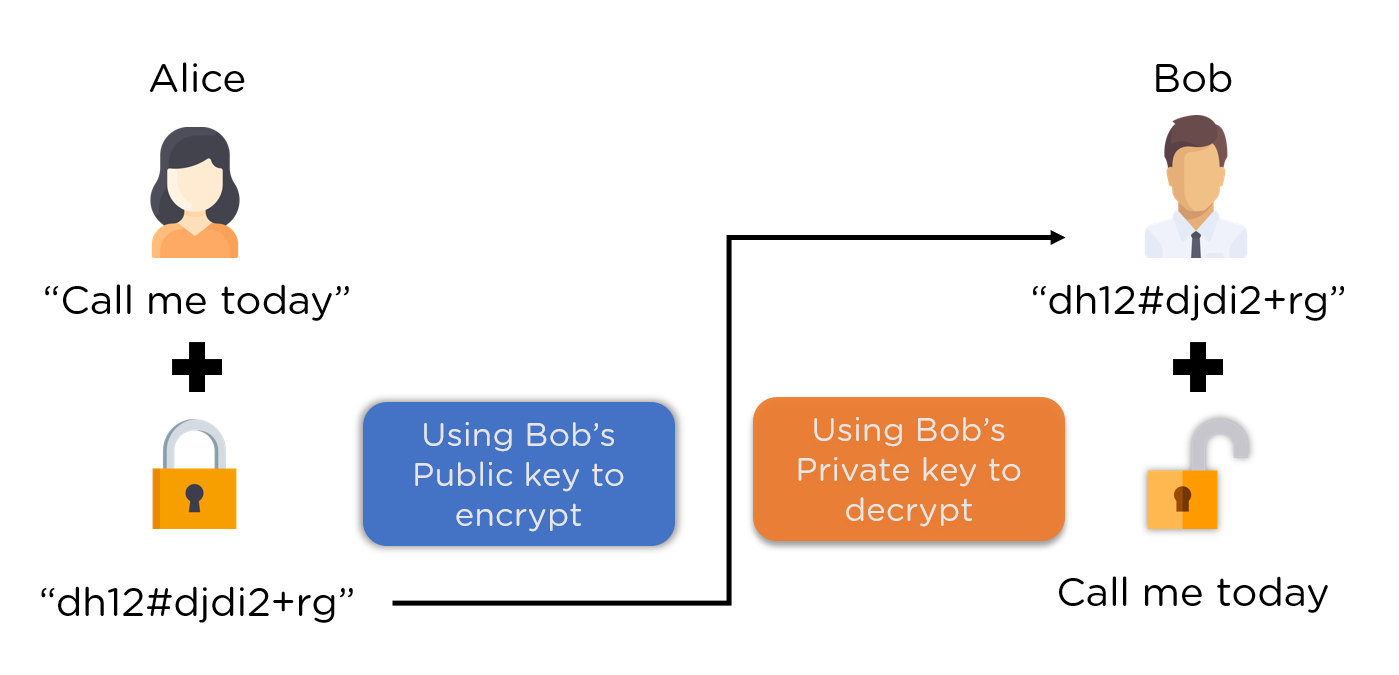
If you've encountered a warning that says "Nginx does not support SSL certificates", you can easily fix the problem by installing an SSL certificate. Installing the SSL certificate on each server or device is necessary. In this article we will discuss how to create an SSL CSR with the DigiCert OpenSSL CSR Wizard.
Configuration warning for nginx SSL certificate
You may get an nginx SSL certificate setup warning if you use SSL certificates on your website. This message indicates that your server is not set up to use SSL. This message means that your domain name is not listed in your browser's address bar. To fix this issue, configure your server so that it uses HTTPS.
Installing a SSL certificate on NGINX is the first step. An SSL certificate can be purchased from a certificate authority. An online search will provide you with the contact information of a certificate authority. Once you have obtained your certificate, you can restart the server.
Installing an SSL Certificate
If you'd like to secure your website and make your customers feel safer when they visit your website, you need to install an SSL certificate on your Nginx web server. First, download the intermediate certificate bundle files from a repository and then install it. After you have downloaded the files, configure Nginx so that the certificate is used. It will depend on which version of Nginx you are using and what OS platform it is.

An SSL certificate is required for all web servers that support HTTPS. This secure protocol encrypts data between the web server (and the browser). You must first download the Let's Encrypt certificate to install on your NGINX webserver. You should install it on your server and make sure to enable HTTPS on the NGINX configuration file.
Creating a CSR
There are a number of ways to create a CSR for nginx's SSL certificate configuration. CSRs are a crucial part of SSL certificate setup. Creating a CSR will allow you to submit the request for a new certificate to the certificate authority. This certificate allows Nginx and your visitors to provide HTTPS services.
The private key of the SSL certificate can be stored in the same file as the SSL certificate. However, it is recommended to keep the private key separate from the certificate. You can limit the ciphers or protocols that are used in an SSL connection by using nginx’s “ssl_protocols” property.
Use the DigiCert OSR Wizard
The first step to setting up an SSL certificate for Nginx is to generate a CSR. The CSR is created by using OpenSSL. Once you have created the CSR, you can install the certificate on your Nginx server. After installing the SSL certificate, restart Nginx.
After you have received the CSR, save it in your same directory as your SSH folders. Next, you need to enter the organization's name, locality, and state. If necessary, you may also include a two-letter code for the country. For additional security, you can use a passphrase and password. The CSR should be saved in the user directory where you keep your SSH keys. It is also necessary to create a backup copy the ".key” file.

Create a private Key
It is essential to create a private secret key in order to set up SSL on Nginx. SSL must work correctly, and you need to protect your server against different vulnerabilities. Even though the default SSL configuration will do the job, it may not suffice. These steps will help you to improve your SSL configuration.
First, generate a personal key for the SSL certificates you want to install. You can use Let'sEncrypt to create a new private key. A certificate that has a short expiry period is recommended (let's say, 90 days for Let'sEncrypt certificates). After your certificate expires you will need to generate a new private keys and obtain one from your CA. Renewing your certificate on a regular basis is advisable to lower your chances of being compromised by a private keys.
FAQ
What HTML and CSS are available to help me build my website?
Yes! If you've been following along so far, you should now understand how to start creating a website.
After you have learned how to structure a website, you will need to know HTML and CSS.
HTML stands for HyperText Markup Language. Think of it like writing a recipe for a dish. You would list ingredients, directions, etc. HTML also tells a computer what parts of text should be bolded, underlined or italicized. It is the language used to describe documents.
CSS stands for Cascading Stylesheets. It's like a stylesheet for recipes. Instead of listing every ingredient and instructions, you create general rules about font sizes, colors, spacing and other details.
HTML tells the browser what HTML is and CSS tells it how.
Don't be afraid to ask questions if you don’t understand any of these terms. Follow the tutorials below, and you'll soon be making beautiful websites.
Can I make my website using HTML and CSS?
Yes, you can! You will need basic knowledge of web design and programming languages like HTML (Hyper Text Markup Language) and CSS (Cascading Style Sheets). These two languages make it possible to create websites accessible by all who have an internet connection.
How much do web developers make?
You can expect to make between $60-$80 an hour working on your own website. Independent contractors are a better option if your goal is to charge more. The hourly rate could be anywhere from $150 to $200
Statistics
- It's estimated that chatbots could reduce this by 30%. Gone are the days when chatbots were mere gimmicks – now, they're becoming ever more essential to customer-facing services. (websitebuilderexpert.com)
- It enables you to sell your music directly on your website and keep 100% of the profits. (wix.com)
- Is your web design optimized for mobile? Over 50% of internet users browse websites using a mobile device. (wix.com)
- When choosing your website color scheme, a general rule is to limit yourself to three shades: one primary color (60% of the mix), one secondary color (30%), and one accent color (10%). (wix.com)
- It's estimated that in 2022, over 2.14 billion people will purchase goods and services online. (wix.com)
External Links
How To
How can I start as a UI Designer
There are two routes to becoming a UI Designer:
-
You can also go to school and get a degree as UI Design.
-
You can start freelance.
If you want to go through school, you'll need to attend college or university and complete four years of study. This covers art, business, psychology, and computer science.
You can also attend classes at state universities and community colleges. Some schools offer free programs, while others charge tuition fees.
You'll need to find work once you have graduated. You must establish a client base if you want to work for yourself. It is essential to establish a professional network so other professionals know you exist.
Also, you can look for internship opportunities at companies that are specialized in developing web apps. Many companies hire interns before they hire full-time staff.
A portfolio will help you get more work once you have established it. Your portfolio should include work samples as well as details of the projects that you have worked on.
It is a good idea for potential employers to receive your portfolio via email.
Being a freelancer means you need to market yourself. You can post your services on job boards, such as Guru, Indeed, Guru or Upwork.
Freelancers receive assignments often from recruiters who post open positions online. These recruiters find qualified candidates for specific jobs.
These recruiters provide candidates with a project description that details the position's requirements.
A freelancer is not required to sign a long-term contract. If you want to move ahead, it's best to negotiate an initial payment.
Many designers prefer working directly with clients, rather than through agencies. Although this may sound great, many lack the necessary skills.
Agency workers usually have extensive knowledge about the industry they are working in. They have access the right training and resources to ensure they produce high-quality results.
In addition to these benefits, agency workers usually receive a higher hourly rate.
One downside to working through an agency is the inability to have direct contact at work with the employer.
You must be creative, self-motivated and flexible to succeed as a UI Designer.
Excellent communication skills are also required.
UI designers design websites by designing user interfaces (UI), and visual elements.
They are also responsible in ensuring that the site meets all users' requirements.
This requires understanding what information visitors want and how the website should function.
Wireframes can be created by UI designers with a variety tools. Before they begin designing, wireframing allows them to visualize the page's layout.
It is easy to create your own wireframes using the online templates.
Some designers focus solely on UI design, while others combine UI design with graphic design.
Photoshop is a popular software used by graphic designers for editing images.
Adobe InDesign is then used to layout pages and layouts.
Photographers capture images using digital cameras or DSLRs.
The photos are then uploaded to a photo editing software where text captions, filters and other effects can be added.
The photographer saves the image as a compatible file format for the website.
It is important to take into consideration all aspects of the design process when building a website.
This includes research as well planning, wireframing. prototyping. testing. coding. content creation. and publishing.
Research - It is crucial to conduct extensive research before beginning a new venture.
Planning - Once you've completed your research, you'll want to begin developing a plan.
Wireframing is a preliminary sketch for a web page, or application.
Prototyping - Prototypes help ensure that the final product matches the initial vision.
Testing - To ensure that the prototype works correctly, it should be subject to multiple rounds of testing.
Coding – Coding is the art of writing computer codes.
Content Creation – Content creation includes everything, from the writing of copy to managing social networks accounts.
Publishing entails uploading files to a server and ensuring the site is accessible.
As a freelance UX/UI designer, you will need to learn about different projects.
For example, some companies only require wire frames, whereas others require full prototypes.
Depending on which type of project you accept you might be asked to do specific tasks.
For instance, if your job is to create wireframes you might have to make several over the course of time.
If you're asked to develop a site prototype, it may be necessary to make it fully functional.
Regardless of the type of project, it's important to have strong interpersonal skills.
Referrals are the most common way that clients hire freelancers. You must establish solid relationships with potential employers.
In addition, you must be able to communicate effectively both verbally and in writing.
Portfolios are an essential part of any freelancer’s toolbox.
It showcases the quality of your work as well as your ability and willingness to provide high-quality results.
You can take care of this by creating a professional portfolio online.
It is a good idea to look for websites that are similar to yours to get you started.
These sites can be searched to determine which services they offer.
Once you've identified the best practices, it is time to start implementing them.
You can also include links to your portfolio in your resume.